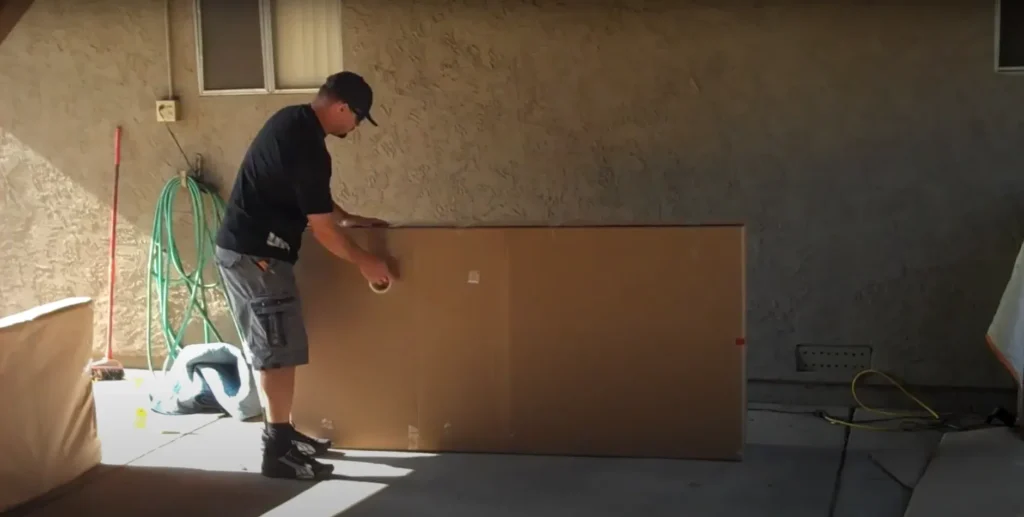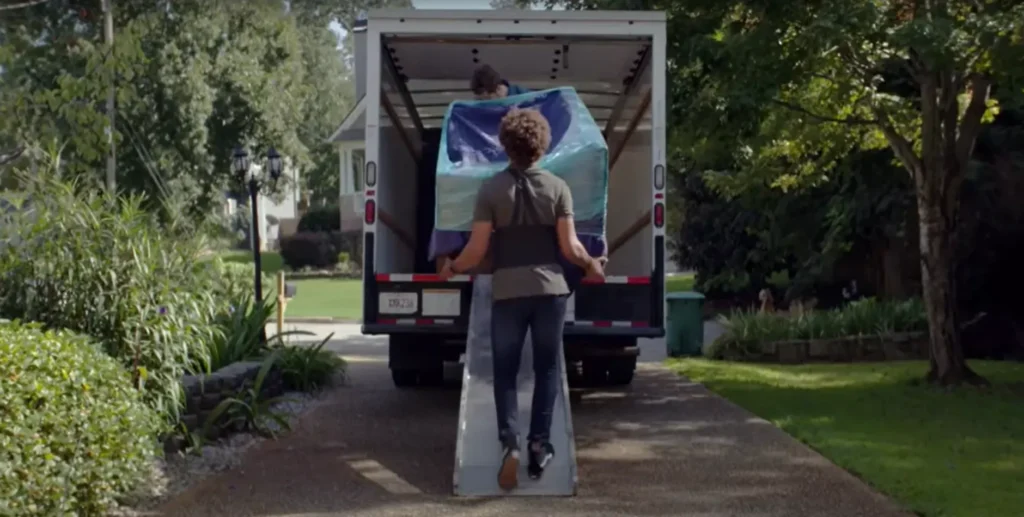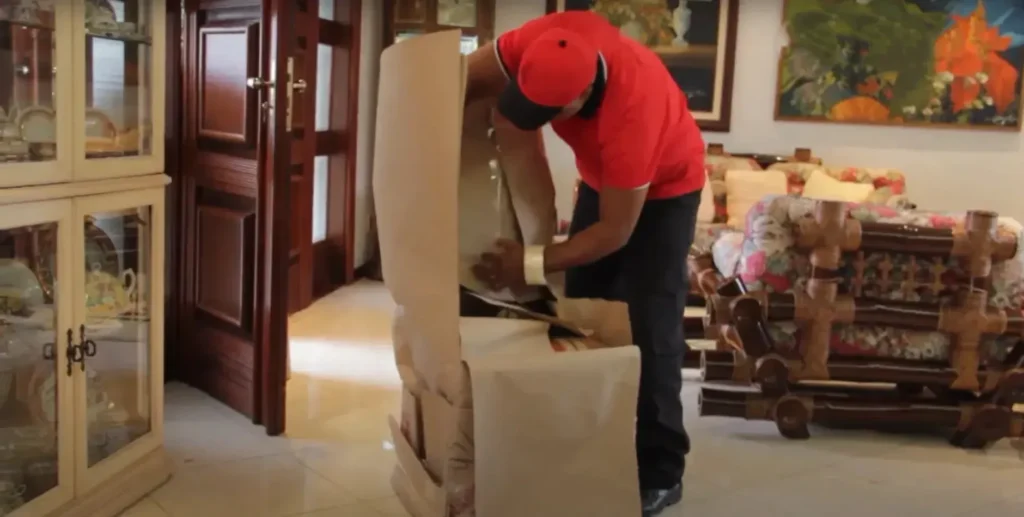Movers in Tempe, AZ
Storywood Movers ensures a seamless and worry-free relocation experience. Our comprehensive services cover everything from packing to transportation.
Complete the form on the left, and our team will reach out promptly!
Tip of the Day
Confirm parking, elevator reservations, certificates of insurance (COI), and access windows at both locations to prevent delays.
Certificates

Movers in Tempe are your go-to experts for seamless relocations in this vibrant college town, home to Arizona State University and the iconic Tempe Town Lake. Whether you’re moving near Mill Avenue’s lively scene or across the desert landscape, our team handles every detail with precision and care. We specialize in local movers services, ensuring your belongings arrive safely amid Tempe’s sunny weather and bustling energy.
Discover why residents trust us for stress-free moves in a city known for its innovation hub and outdoor recreation spots like Papago Park. Our experienced crew navigates Tempe’s unique geography, from urban neighborhoods to suburban areas, providing tailored solutions for homes and businesses alike. We also offer specialized options like piano movers for delicate items and long-distance movers for those venturing beyond Arizona.
With a focus on efficiency and customer satisfaction, we incorporate Tempe’s spirit of community into every job. From packing valuable Sun Devil memorabilia to transporting furniture through the Valley’s heat, our services are designed for reliability. Choose us for your next relocation and experience why we’re the preferred movers in Tempe.
Tempe, AZ
- Population: Approximately 195,000 residents, known for its youthful vibe due to Arizona State University.
- Area: Covers about 40 square miles in the Phoenix metropolitan area.
- Climate: Hot desert climate with over 300 sunny days annually, mild winters, and hot summers reaching 100°F+.
- Geography: Situated in the Salt River Valley, featuring Tempe Town Lake, desert landscapes, and proximity to the Superstition Mountains.
- Full-service Packing and Unpacking
- Loading and Unloading
- Residential Protection Pads
- Custom Crating
- WhiteGloves
- Fragile-only Packing
- Disassembly and Reassembly
- Storage
- Pre- and Post-move Clean Up Assistance
Step 1:
Request Your Free Quote
Absolutely no cost involved. Share your moving needs and preferred dates, and we’ll respond within 24 hours with a personalized estimate.
Step 2:
Schedule Your Relocation
No fees apply. Let us know your ideal moving approach, and we’ll coordinate the perfect time and plan with you.
Step 3:
Get Your Customized Moving Plan
Once details are set, we’ll provide all essential move information to help you prepare effectively for the big day.

Hello, I’m Richard Bush, founder of Storywood Movers since 2008. We specialize in nationwide moves, with full packing, unpacking, and secure storage options. Your items are completely insured for peace of mind. We deliver efficient, detail-oriented relocations every time. Reach us at +1 (888) 711-4778 or visit our office at 301 S McClintock Dr, Tempe, Arizona 85288.

Richard Bush





Quality moving company the moment you need it
Storywood Movers boasts a dedicated team of 109 professionals, including drivers, coordinators, movers, and support staff.
Get your FREE quote today!
We have over 10 years of moving experience.
Reserve as early as possible. We can hold your spot even if you don’t have all the details yet.
Yes, we operate all year round.
Use our moving calendar to prepare. Pack what you need and leave the rest to us.
Yes, we can assist with packing and unpacking. Discuss your needs with our team.
No, we are a professional moving company that uses only our own trucks and employees.
Trucks range from 18 to 26 feet for local moves, with 75-foot trailers for long-distance moves.
Celebrity moves involve extra privacy and security protocols. We have vast experience in assisting prominent clients with their relocation needs.








